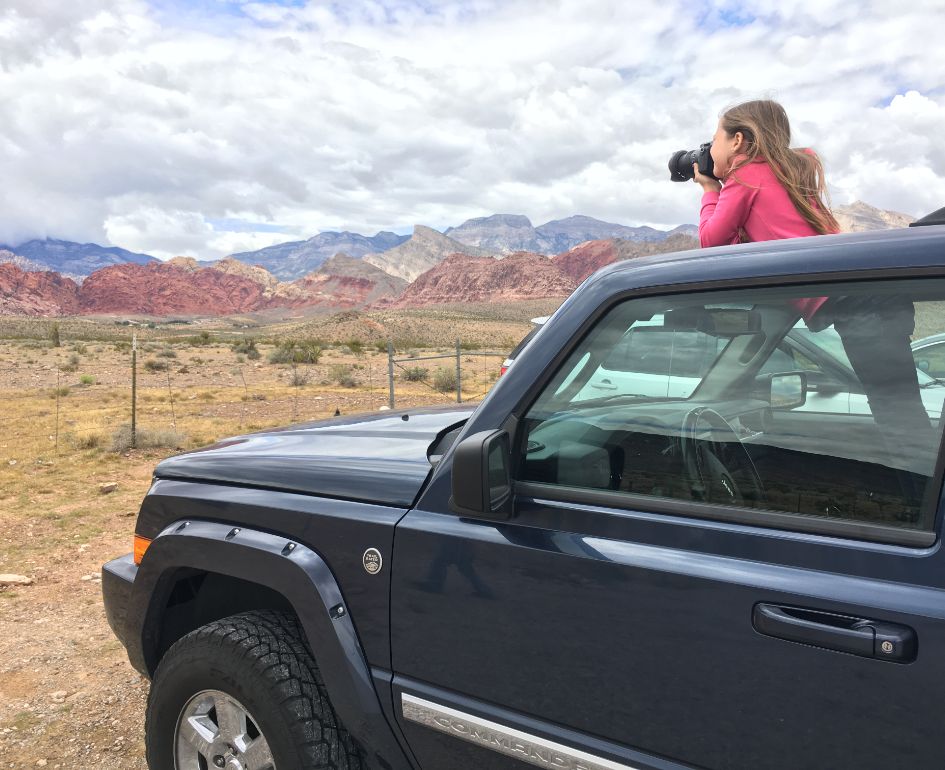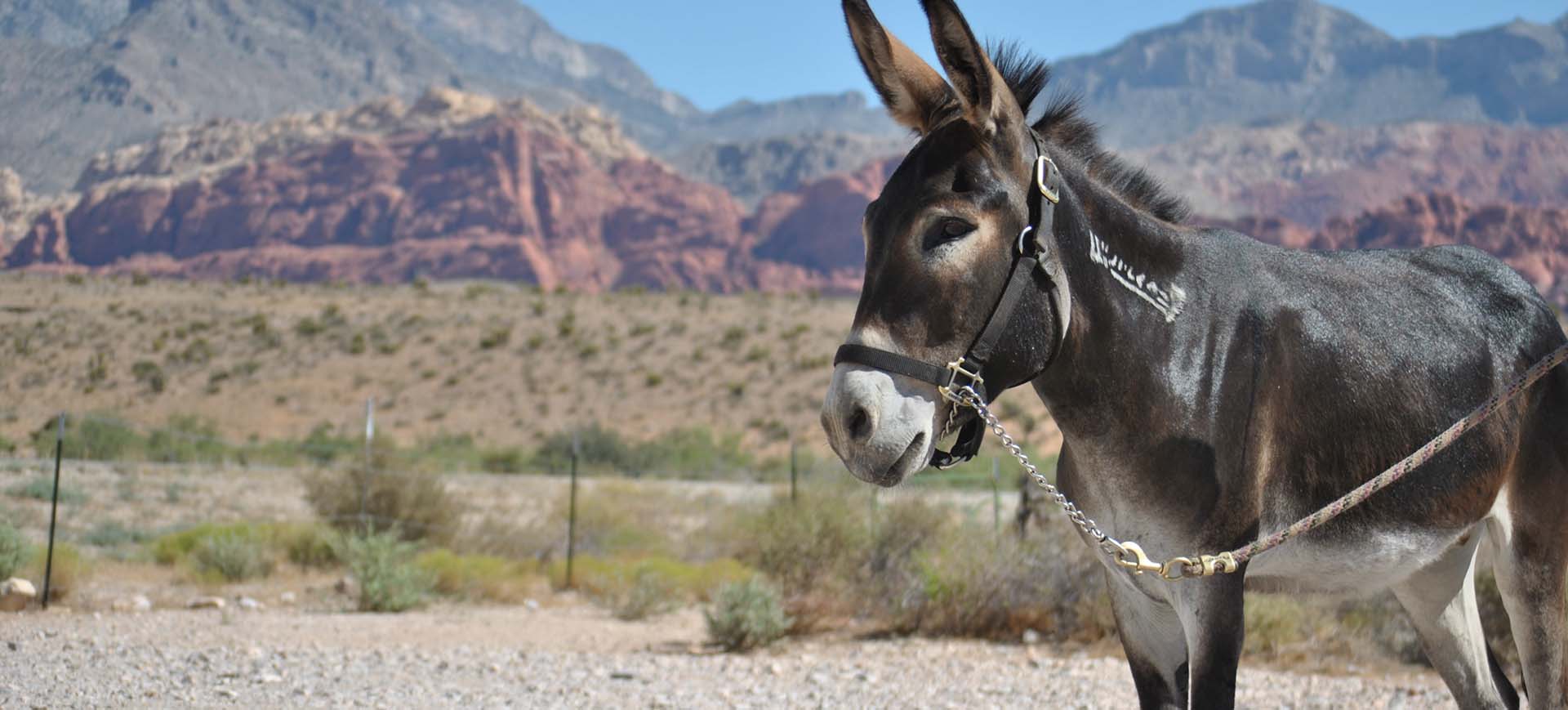
Visiting the breathtaking landscapes of Red Rock Canyon in Southern Nevada is an experience like no other. This region, home to the stunning Blue Diamond Hill and iconic Bridge Vista Peak, offers countless trails for hiking enthusiasts. However, enjoying this conservation area responsibly is essential to preserving its beauty and natural resources for future generations.
Understanding The Conservation Area
Red Rock Canyon is a designated conservation area, meaning it’s protected for its natural, cultural, and recreational resources. This arid yet vibrant locale is a habitat for a myriad of wildlife and native plants.
Special care is required to ensure that this delicate ecosystem remains intact. Key factors in its conservation include limiting land use, preventing wildlife disturbance, and following specific refuge visitor rules. Each visitor plays a role in nature preservation through careful and respectful nature exploration.
Discovering Blue Diamond Hill & Bridge Vista Peak
Blue Diamond Hill and Bridge Vista Peak are two must-see highlights of Red Rock Canyon. Blue Diamond Hill offers panoramic views and is a popular spot for both novice and seasoned hikers.
Meanwhile, Bridge Vista Peak provides sweeping vistas that showcase the majesty of the canyon’s rugged landscape. While exploring these sites, it is crucial to adhere to marked trails and practice minimal impact practices to protect the environment.
Wildflower Blooms: A Seasonal Delight
Wildflower blooms in Southern Nevada are a spectacle that draws many visitors to Red Rock Canyon. These blooms, occurring mainly in spring, paint the desert landscape with vibrant colors.
Witnessing this natural phenomenon up close requires careful footwork on trails and a commitment to avoiding trampling on emerging flora. Keeping to designated paths helps ensure the wildflowers thrive without human interference.
The Importance Of Sustainable Tourism
Practicing sustainable tourism in Red Rock Canyon means taking steps to reduce one’s footprint. This involves planning visits during non-peak times, supporting local conservation efforts through donations and volunteering, and choosing eco-friendly tourism options. By doing so, you contribute positively to the area’s environmental stewardship initiatives and aid in maintaining the canyon’s pristine condition.
Refuge Visitor Rules For Safe Exploration
Adhering to refuge visitor rules is fundamental to enjoying Red Rock Canyon safely and responsibly.
- Stay on designated trails to prevent land erosion and habitat destruction.
- Pack out all trash, leaving no traces behind.
- Respect wildlife by maintaining a safe distance.
- Keep noise levels down to preserve the serenity of the canyon.
- Observe all fire restrictions to prevent wildfires.
Observing Wildlife Photography Ethics
Photography enthusiasts flock to Red Rock Canyon to capture its stunning scenery and wildlife. While taking those perfect shots, it’s essential to observe wildlife photography ethics.
These include avoiding causing any stress or harm to animals and ensuring that photography does not disrupt their natural behaviors. Photograph wildlife from a distance, using lenses that allow you to remain an unobtrusive observer.
Practicing Responsible Wildlife Viewing
Whether you’re an avid wildlife watcher or a casual observer, practicing responsible wildlife viewing is key to enjoying Red Rock Canyon. By keeping a respectful distance from animals, not feeding them, and using binoculars for safe animal watching, you contribute to animal habitat protection. Such practices ensure animals remain safe and maintain their natural behaviors without human interference.
Embracing Minimal Impact Practices
Minimal impact practices are vital in reducing the impact of human activities in Red Rock Canyon. By abiding by these guidelines, hikers and nature enthusiasts can enjoy the canyon’s beauty while preserving its natural state.
- Walk single file in the middle of trails even when wet or muddy.
- Avoid disturbing natural structures or features, like rocks or shrubs.
- Minimize campfire impacts by using a stove instead.
- Leave what you find, preserving the natural and cultural heritage.
Learning About Animal Habitat Protection
Animal habitat protection involves understanding how our actions affect the wildlife in Red Rock Canyon. Habitat encroachment, littering, and noise pollution can cause significant disturbances to the local fauna. Adhering to refuge etiquette and practicing sustainable tourism helps mitigate these impacts, contributing to a healthy environment for all species.
How To Prevent Wildlife Disturbance
Preventing wildlife disturbance is a crucial aspect of responsible canyon exploration. Simple actions like keeping dogs leashed, sticking to trails, and storing food securely can prevent negative interactions with wildlife. These measures help ensure that the natural behavior of animals is not altered, fostering a balanced ecosystem.
Wildlife Observation Ethics To Follow
When observing wildlife in their natural habitats, it is essential to follow established observation ethics to ensure minimal disturbance.
- Respecting wildlife’s space and observing animals quietly.
- Avoiding sudden movements or loud noises.
- Not attempting to attract animals with food or sounds.
- Using binoculars or telescopes for a closer look without intruding.
Exploring Red Rock Canyon With The Southern Nevada Conservancy
As you prepare for your adventure in Red Rock Canyon, remember that each step you take impacts this extraordinary conservation area. By following the principles of respectful nature exploration and environmental stewardship outlined here, you help ensure that this remarkable landscape remains a sanctuary for generations. Southern Nevada Conservancy encourages you to embrace these practices, ensuring a sustainable and enjoyable experience in the heart of Southern Nevada.
FAQs
What Should I Bring For A Day Hike In Red Rock Canyon?
Bring sufficient water, sun protection, a map or GPS, snacks, and a basic first-aid kit. Wear appropriate footwear and layers suitable for desert conditions.
Can I Bring My Dog To Red Rock Canyon?
Yes, dogs are allowed but must be leashed at all times to prevent wildlife disturbances and ensure their safety.
When Is The Best Time To Visit Red Rock Canyon?
Spring and fall are ideal for visiting due to milder temperatures and the chance to see wildflower blooms.
How Can I Minimize My Environmental Impact While Hiking?
Stick to trails, pack out trash, and avoid picking plants or disturbing wildlife to limit your environmental impact.



